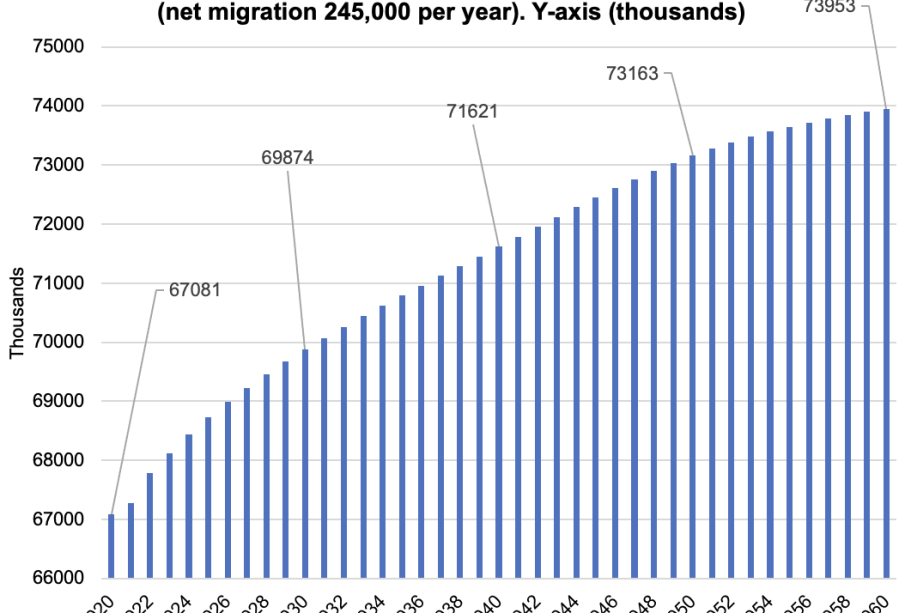Understanding UK Population Growth in 2023

Introduction
The UK population growth has significant implications for the economy, public services, and social structures. As the nation navigates post-pandemic recovery, understanding the dynamics of population changes is crucial. Data from the Office for National Statistics (ONS) indicates that the UK population is projected to reach approximately 67 million by mid-2023, sparking discussions on resource allocation, urban planning, and immigration policies.
Current Trends and Statistics
According to the latest ONS reports, the UK has experienced a modest growth rate of 0.5% over the last year. This increase can be attributed to factors such as natural growth (births minus deaths) and net migration. The birth rate in 2022 showed a slight decline, consistent with trends seen in various developed nations. However, the rise in migration, particularly from EU countries post-Brexit, has played a significant role in population dynamics.
In 2022, net international migration added about 500,000 people to the UK population, a significant contributor to the overall growth. This influx has implications for a variety of sectors, including housing, healthcare, and education.
Impacts of Population Growth
As the population increases, there are both opportunities and challenges to consider. Economic growth is likely to benefit from a larger workforce, and diverse skills brought in through immigration can drive innovation. However, this growth also places added pressure on essential services like the National Health Service (NHS) and public transport systems.
Urban areas, particularly London, are already experiencing strains on housing availability. The government has proposed several housing initiatives to address these shortcomings and ensure that adequate housing is provided to meet growing demands.
Future Projections
Looking ahead, demographic trends indicate that the UK is likely to continue experiencing population growth, although at a potentially slower rate than in previous decades. The ageing population poses its own set of challenges, leading experts to advocate for policies aimed at improving productivity and encouraging workforce participation among younger demographics.
Conclusion
The implications of UK population growth cannot be understated. For policymakers, the challenge lies in balancing economic growth with the need for sustainable public services. As the population approaches 70 million in the coming years, comprehensive strategies will be vital to address concerns in housing, healthcare, and infrastructure. Engaging in forward-thinking policies will ensure that the benefits of population growth can be maximised while mitigating potential downsides.









